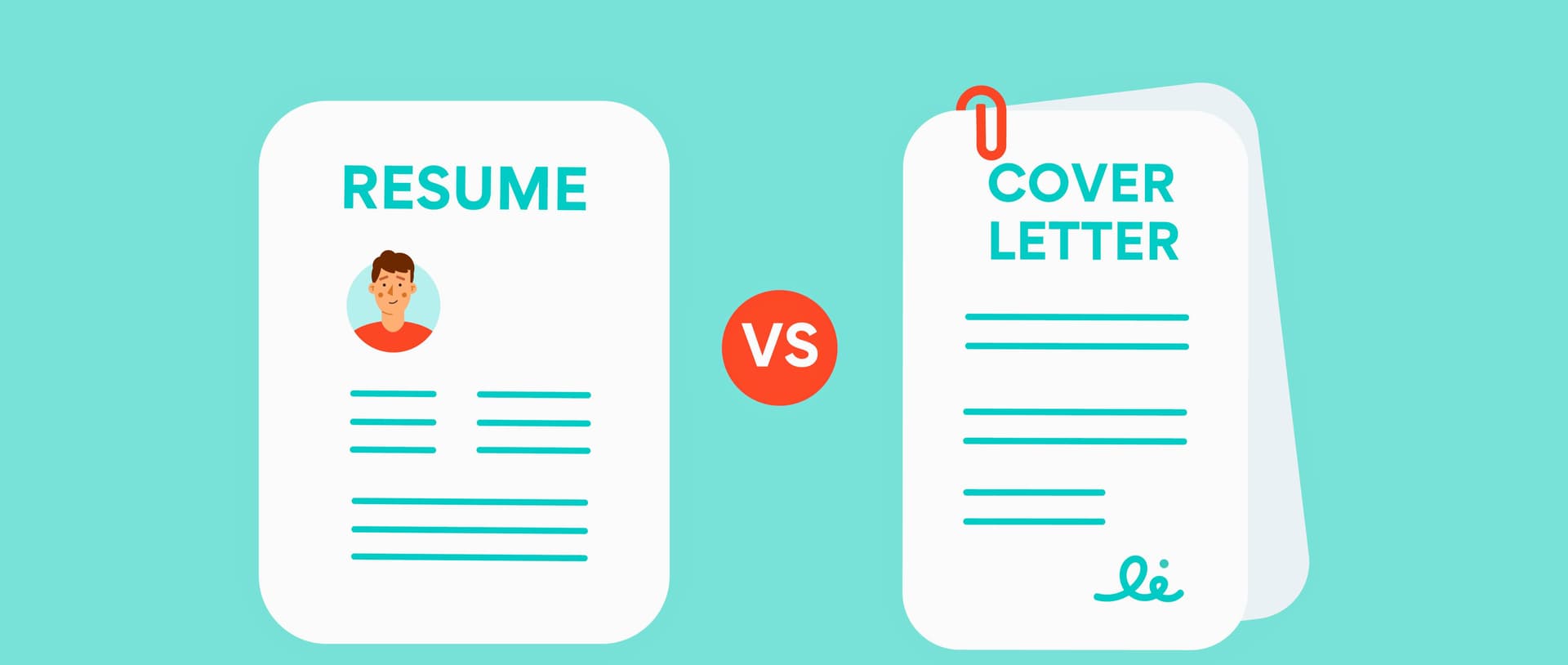What is One Difference in the Content that a Resume and Cover Letter Contain?
Published on July 2nd, 2024
When applying for jobs, both resumes and cover letters play pivotal roles. However, they serve different purposes and contain distinct types of content. Understanding the difference between resume content and cover letter content is crucial for creating effective job application documents that capture the attention of hiring managers and stand out in applicant tracking systems (ATS).
Purpose and Audience
Resume:
- Target Audience: Primarily aimed at hiring managers and automated applicant tracking systems (ATS).
- Purpose: To present a concise summary of your professional skills, experiences, and qualifications.
- Content Focus: Resumes are structured to highlight key achievements and professional milestones in a clear and concise format, making it easy for recruiters and ATS to scan.
Cover Letter:
- Target Audience: Directly addressed to the hiring manager or recruiter.
- Purpose: To create a personal connection and demonstrate your specific interest in the role and the company.
- Content Focus: Cover letters allow for a more narrative approach, where you can explain why you are a good fit for the position and how your background aligns with the company's goals.
Content Focus
Resume:
- Objective: The main objective of a resume is to showcase your professional qualifications and accomplishments.
- Structure: Typically includes sections such as contact information, professional summary, work experience, education, skills, and certifications.
- Tone: The tone is professional and formal, often using bullet points for easy scanning.
- Keyword Usage: It's essential to include relevant keywords that match the job description to improve the chances of passing through ATS.
Cover Letter:
- Objective: The cover letter aims to explain why you are interested in the job and how your skills and experiences make you a suitable candidate.
- Structure: Includes a greeting, an introduction, body paragraphs that detail your qualifications and motivation, and a closing.
- Tone: While maintaining professionalism, the tone is more personalized and engaging, allowing for detailed explanations and storytelling.
- Keyword Usage: Keywords should be naturally integrated to highlight your suitability for the role and to resonate with both the hiring manager and ATS.
Specific Difference in Content
Resume:
- Quantifiable Achievements: Emphasizes measurable accomplishments and responsibilities. For example: "Increased sales by 20% over six months through targeted marketing campaigns."
Cover Letter:
- Personal Motivation: Focuses on explaining your interest in the role and how your values align with the company's mission. For example: "I am passionate about your company's commitment to sustainability and would love to contribute to your efforts in developing eco-friendly products."
Examples
Resume Example:
- Bullet Point: "Managed a team of 10 engineers, delivering projects on time and within budget."
- Skill Section: "Proficient in project management software, including Asana and Trello."
Cover Letter Example:
- Paragraph: "I am excited about the opportunity to join your team at XYZ Corp. With my background in engineering and passion for innovative solutions, I am confident in my ability to contribute to your projects and drive success. Your company's mission to innovate while prioritizing sustainability resonates deeply with my professional and personal values."
Understanding the difference between resume content and cover letter content is crucial for crafting job application documents that effectively showcase your qualifications and enthusiasm for the role. While resumes focus on quantifiable achievements and professional milestones, cover letters provide a platform to express personal motivation and alignment with the company's values.
Tailoring both your resume and cover letter to the specific job application can significantly enhance your chances of catching the hiring manager's eye and passing through applicant tracking systems.
To further refine your job application documents and ensure they meet the highest standards, you can use the AI Resume Checker provided by HireQuotient. This tool helps detect areas for improvement and optimizes your resume and cover letter to enhance their effectiveness, ensuring you stand out in a competitive job market.
By leveraging this powerful tool and applying the tips outlined in this blog, you'll be well-equipped to create compelling resumes and cover letters that make a strong impression on potential employers.
Authors

Soujanya Varada
As a technical content writer and social media strategist, Soujanya develops and manages strategies at HireQuotient. With strong technical background and years of experience in content management, she looks for opportunities to flourish in the digital space. Soujanya is also a dance fanatic and believes in spreading light!
Hire the best without stress
Ask us how
Never Miss The Updates
We cover all recruitment, talent analytics, L&D, DEI, pre-employment, candidate screening, and hiring tools. Join our force & subscribe now!
Stay On Top Of Everything In HR

